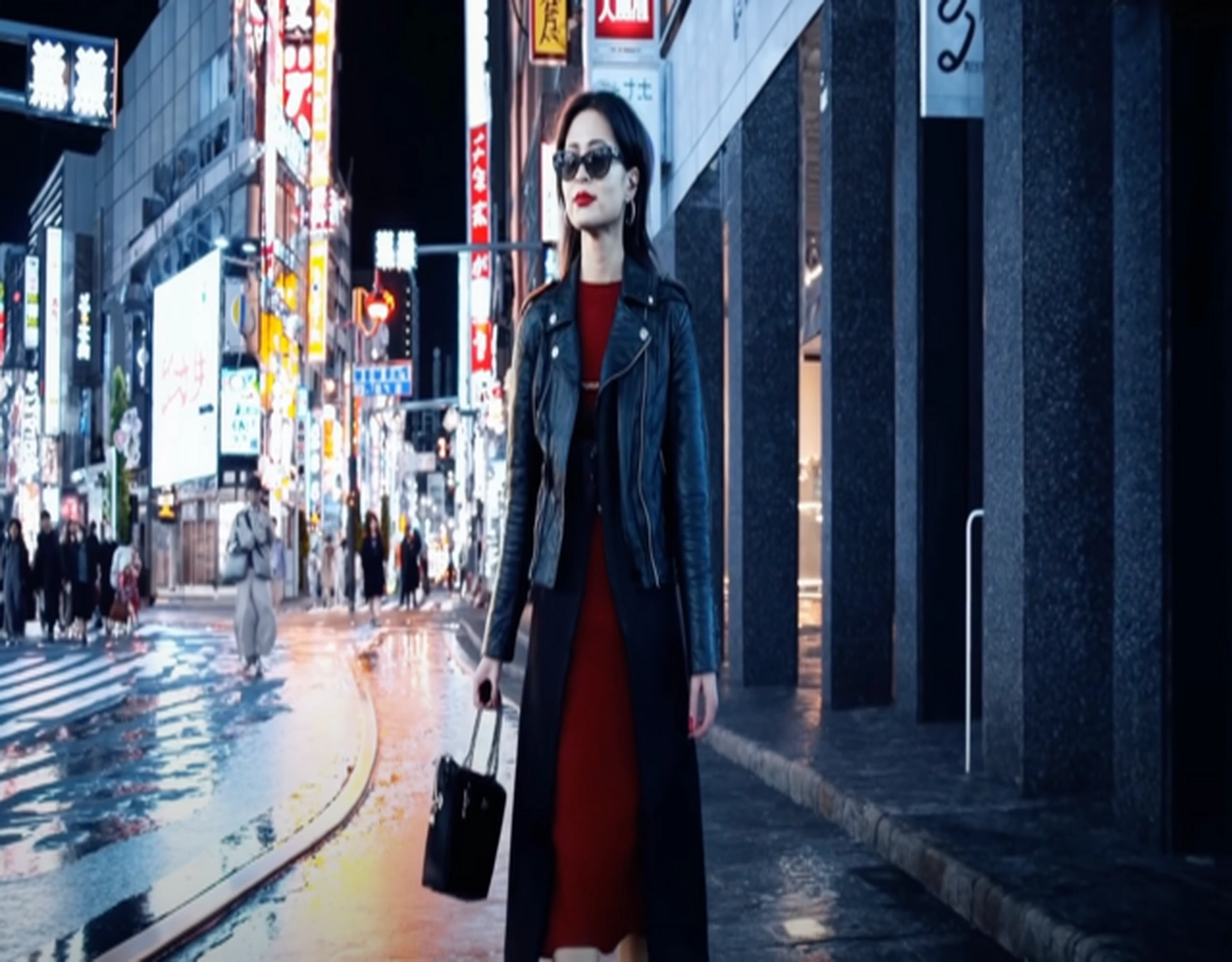OpenAI’s New Video Production Technology, Sora: Transforming Written Text into Lifelike Videos
OpenAI, a leading company in the field of artificial intelligence technology, has once again made global waves with its latest project, Sora. This technology, capable of converting written texts into videos with high realism, has created significant excitement among content creators. With Microsoft as a major investor, OpenAI is opening new frontiers in content production with Sora, following the success of ChatGPT.
Sora: Creating Realistic Videos from Written Texts
Sora enables users to transform their written texts into videos of up to one minute in length, marking a significant innovation for YouTube content creators. During the development of Sora, OpenAI taught artificial intelligence how the moving world appears, enabling it to comprehend complex scenes and the existence of objects in the real world.
The Use and Security Measures of Sora
Currently not open to the public, Sora is being tested by designated professionals to prevent potential dangers. Serious security measures have been implemented to prevent the production of harmful content. OpenAI has announced that the creation of videos containing violence and sexual content will be blocked. This technology is set to provide significant benefits to professionals dealing with visual content, such as filmmakers and designers.
Reactions and Future Outlook
Sora has received positive feedback from prominent figures in the technology world, while some have pointed out the potential risks artificial intelligence could pose to humanity. Well-known technology YouTuber Marques Brownlee and Tom Warren from The Verge have described Sora as a “Wow” moment for artificial intelligence.

The Potential and User Experiences of Sora
The development of Sora represents a milestone in artificial intelligence technology. OpenAI has demonstrated the ability to produce videos containing complex scenes, such as “a historical image from the Gold Rush era in California,” and to create realistic videos based on detailed requests, such as “a woman in a leather jacket walking among the city lights in Tokyo with black shoes.” This showcases Sora’s advanced technological capabilities, although there are still challenges to overcome, such as ensuring bite marks appear on a cookie in a video. These minor details indicate areas where the technology needs further development.
Security and Ethical Issues
OpenAI is taking serious security measures against the risk of producing potentially harmful content with Sora. The company is actively working to prevent the production of videos that could harm society, such as those containing violence or sexual content. Measures have also been taken to prevent unethical uses, such as videos resembling celebrities. These measures aim to ensure the technology is used responsibly.
The Future of Content Production
Sora holds the potential to revolutionize content production processes. It will greatly facilitate professionals such as filmmakers, animators, designers, and educational material producers. This technology allows users to produce videos quickly and effectively without limiting their imagination. Additionally, it offers innovative uses in education and teaching, such as visualizing complex concepts and reenacting historical events.
Conclusion
OpenAI’s Sora stands as a revolutionary technology in content production. With the capability to create realistic videos from written texts, it heralds a new era for both professional and amateur content creators. OpenAI will continue to share developments and availability dates for Sora. We are set to witness how this groundbreaking technology will transform art and content production.
The Pioneering Vision Of Elon Musk’s AI Company: A Glimpse Into The Future
What is Sora?
Sora is a revolutionary video production technology developed by OpenAI. It transforms written text into lifelike videos, allowing for the creation of content with high realism. This technology is particularly significant for content creators, including YouTubers, filmmakers, and designers.
How does Sora work?
Sora utilizes advanced artificial intelligence to understand and interpret written text, converting it into videos of up to one minute in length. During its development, OpenAI focused on teaching the AI how the moving world appears, enabling it to comprehend complex scenes and the existence of objects in the real world accurately.
Who can use Sora?
Currently, Sora is not open to the public and is being tested by designated professionals to prevent potential dangers. OpenAI has implemented serious security measures to ensure the technology is used responsibly and to prevent the production of harmful content.
What are the security measures for Sora?
OpenAI has taken stringent security precautions with Sora, including preventing the creation of videos containing violence, sexual content, and other harmful material. The aim is to block the production of content that could negatively impact society.








